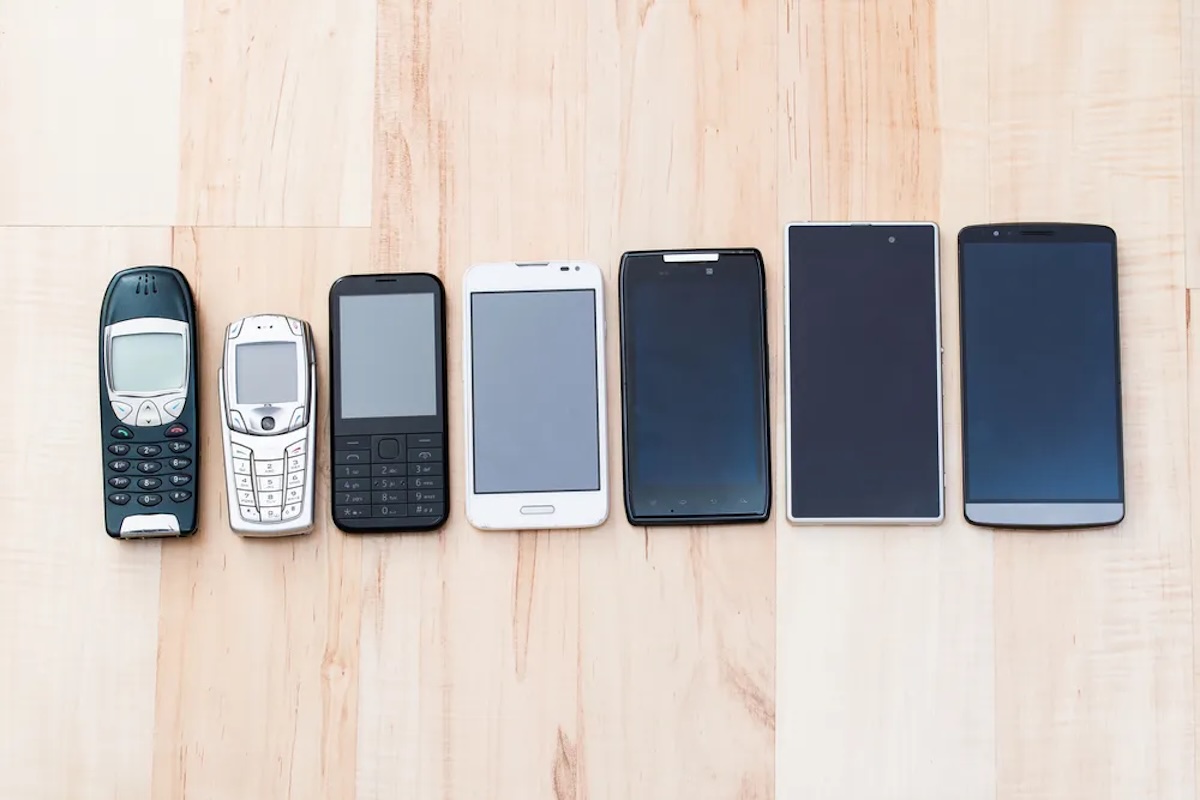Warning Signs: The Clear Indicators Your Smartphone Needs Immediate Replacement

Is your daily routine turning into a battle against lag, frozen apps, and an ever-dying battery? Your phone gives off unmistakable signals when it has reached the end of its practical lifespan. Continuing to use an outdated device doesn’t just hurt productivity—it poses significant security risks.
The most reliable indicators it’s time to upgrade are chronic battery drain, persistent system crashes, crippling slow performance, and frustrating storage limitations. These problems rarely resolve themselves; they typically worsen until the phone becomes unusable.
What Are the Most Obvious Signs Your Phone Is Failing?
The physical and performance issues a dying phone exhibits are often clear warning signs. These old phone problems signal internal stress and component wear.
1. Critical Battery Degradation
Battery life issues are the most common sign of failure. A healthy smartphone should comfortably last a full day with normal usage. When you find yourself charging multiple times daily, or the phone dies within a few hours, the battery has degraded beyond acceptable performance levels. Constantly hunting for chargers or relying on a power bank is a definitive sign of battery failure.
2. Performance Meltdowns
Performance issues disrupt both workflow and communication.
- Overheating: If your device frequently heats up during light tasks like texting or browsing, it signals significant internal component stress. A phone should only warm slightly during intensive activities (gaming, video recording). Consistent heat suggests the processor is overworking to handle simple operations.
- Crashes and Freezes: While occasional glitches happen, daily app crashes, system freezes, or spontaneous reboots point to insufficient memory or failing internal components. When the phone becomes completely unresponsive, replacement is necessary.
3. Touchscreen Unresponsiveness
Issues with screen input make basic interaction difficult and frustrating. Dead zones, delayed responses, or phantom touches registering without contact often indicate screen hardware failure. If you have a cracked screen, these problems are typically accelerated, making an urgent replacement necessary for continued function.
How to Gauge If Your Phone Is Too Slow
Phone performance is measured by how quickly it handles basic, everyday tasks. When these actions consistently take longer than expected, your phone has become a productivity barrier.
| Task | Acceptable Time | Replacement Needed (Signs of Failure) |
| App Loading (e.g., messaging) | 2–3 seconds | 10–15+ seconds or frequent loading screens |
| Camera Opening | 1–2 seconds | 5+ seconds or struggles to focus |
| App Switching (Multitasking) | Instant/Smooth | Apps frequently restart or reload completely |
| Keyboard Response | Immediate | Noticeable delay in character input |
When simple programs take significant time to launch, performance has reached replacement levels. Similarly, the camera should open quickly to avoid missed moments. If multitasking causes background apps to reload completely when you switch back to them, your device simply lacks the sufficient memory (RAM) for modern usage.
The Hidden Impact of Insufficient Storage
Most users underestimate how crucial free storage space is for performance. Low storage doesn’t just limit file saving; it slows overall performance, prevents critical app updates, and causes system instability.
Your phone requires 10–15% of its total storage free for optimal system operations, as this space is used for temporary files, cache management, and background processes. When storage drops below this threshold, you will notice:
- Apps crash more frequently and load slowly.
- The camera refuses to capture photos or automatically reduces quality.
- Cloud backup services pause, risking data loss.
- System stability and responsiveness decline severely.
Storage Recommendations:
| User Type | Recommended Minimum Storage | Typical Usage |
| Light User | 64GB minimum | Basic apps, occasional photography |
| Regular User | 128GB minimum | Social media, regular photography, limited videos |
| Heavy User | 256GB+ | Videos, high-end games, large work files |
Security Risks: The Biggest Reason to Upgrade
Beyond frustration, using an aging phone creates serious security vulnerabilities because manufacturers inevitably stop providing updates. Outdated operating systems, missing security patches, and incompatibility with modern standards expose your personal data and financial information to malicious software and hackers.
Major Security Threats Posed by Old Phones:
- Unpatched OS Vulnerabilities: When your phone stops receiving OS updates (typically after 3–5 years), known security gaps remain open, which cybercriminals actively target.
- Outdated App Versions: Banking, messaging, and social media apps regularly update their security. Older operating systems may be unable to run these updated versions, lacking current encryption or authentication methods.
- Browser Security: Most online activity is web-based. Outdated browsers cannot implement new security protocols, leaving your data vulnerable when banking or making purchases.
- Missing Biometrics and Features: Newer phones include advanced biometric security (like modern face recognition or fingerprint sensors) and robust hardware encryption, making them substantially safer for sensitive data than legacy devices.
Recognizing when to replace your phone is essential for maintaining both productivity and digital security. Staying informed about these warning signs ensures you make confident upgrade decisions that match your current needs and security requirements.




